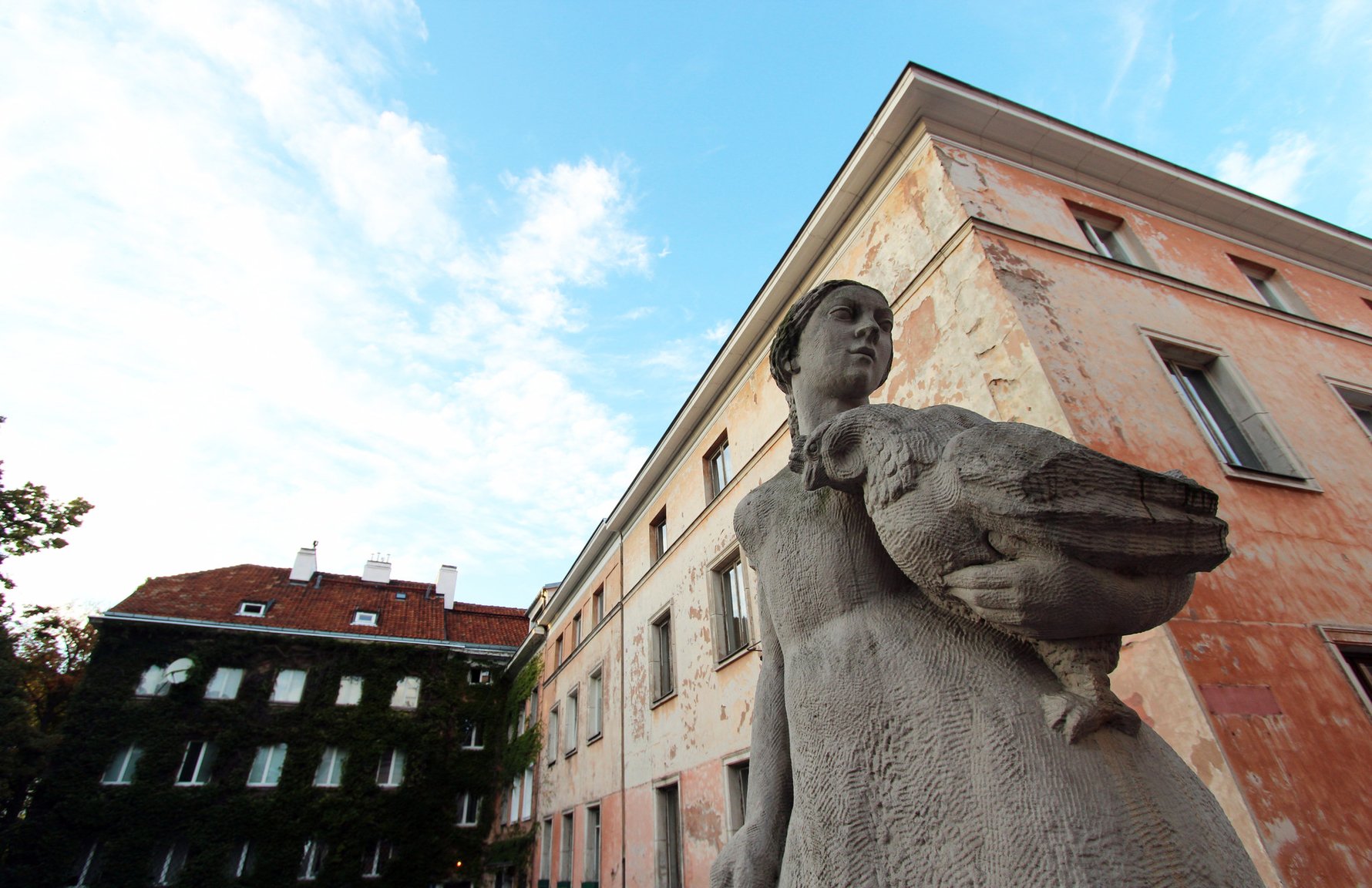
In previous centuries, Mariensztat was notorious for its bordellos and bare-knuckle boxing matches, and its main square was once the home of a bustling market in the area's main square, which was enlarged to its current size in 1865. The area's role as a market is commemorated with a statue by Barbara Zbrożyna of a woman with a chicken and a basket selling goods, found on ul. Sowa 4. Today, although it looks a little sleepy, Mariensztat ranks as one of Warsaw’s most engaging districts, and the main square contains a fountain, and in the corner, a mural by Zofia Czarnecka-Kowalska and Jan Sokołowski showing a colourful clock.
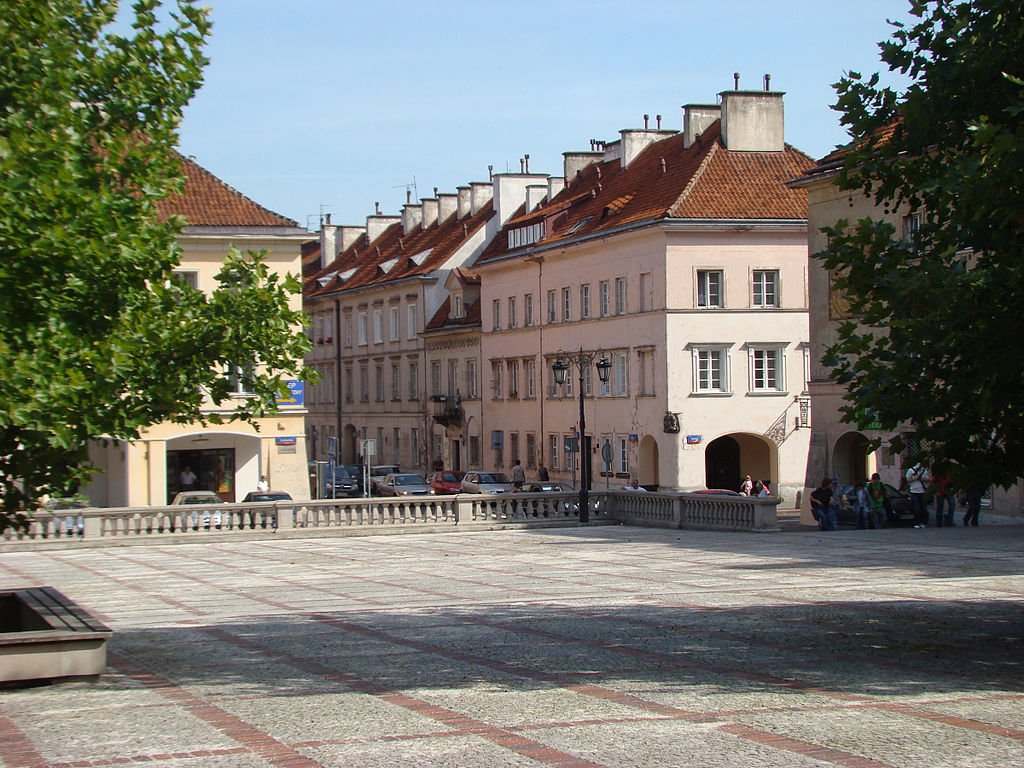
If you are in the area of the Old Town, we recommended taking a detour, a quick walking tour in the form of a loop, starting at either Krakowskie Przedmieście, or even Castle Square (Plac Zamkowy). Seeing the entire area will take no longer than 15-30 minutes, depending on how long you wish to stay there. During your walk, you will also pass a palace where Fryderyk Chopin held his first public concert, now the current-day Chopin Point, and next door the magical 'Magia Brylantów' containing antiques and fantastically old European jewellery. Further along, the fantastic Miniature Park shows you a Warsaw which no longer exists, all in miniature. A mix of all four locations will provide a unique insight into the area, a historical journey through architecture, music, jewellery and miniature models, and you'll finish the loop right where you started, enriched by the experience.


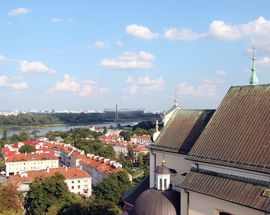
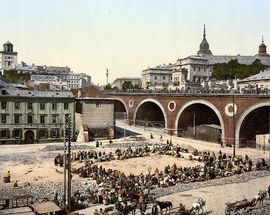
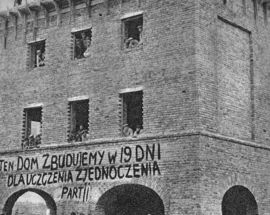
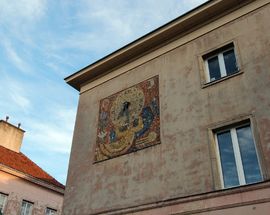
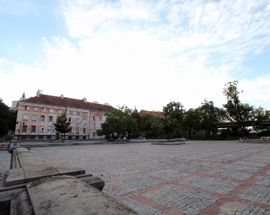
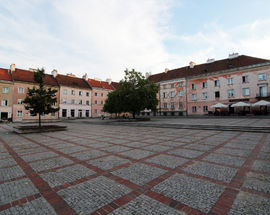
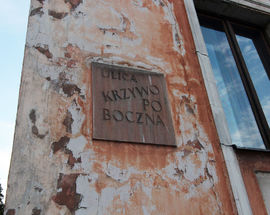
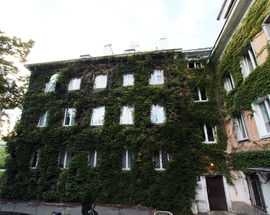
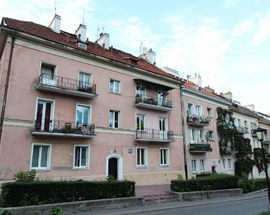
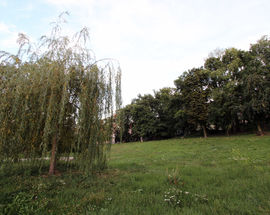
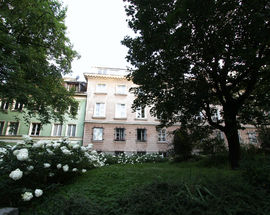
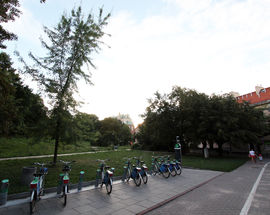
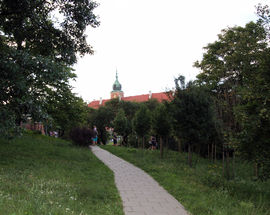
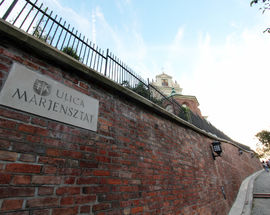
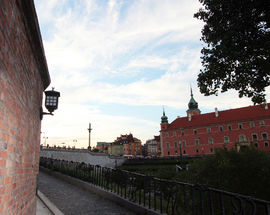

Comments